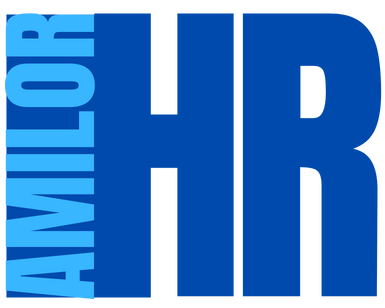Effective time management has become a crucial issue in our ever-changing professional world. Whether you’re an entrepreneur, executive or employee, optimizing your productivity is essential to achieving your goals and maintaining a healthy work-life balance. Throughout this article, we’ll take a look at the best time management tools and provide you with practical tips for maximizing your day-to-day efficiency.
The benefits of optimized time management
Good time management brings many benefits, both professionally and personally. Here are the main benefits of effective organization:
- Increased productivity
- Reduced stress and mental workload
- Better compliance with deadlines
- Improved quality of work
- Greater job satisfaction
By adopting the right time management practices, you can quickly see a significant improvement in your efficiency. Benjamin Franklin, famous for his unique productivity, said: “Time is money”. This maxim takes on its full meaning in our digital age, where every minute counts.
To take full advantage of these benefits, it’s essential to put in place a time management strategy tailored to your specific needs. This often involves the use ofdedicated tools and techniques, which we will examine in the remainder of this article.
Essential time management methods
Before focusing on technological tools, it’s crucial to understand and apply fundamental time management methods. These techniques, tried and tested over the years, form the basis of effective organization:
- The Pomodoro method: Developed by Francesco Cirillo in the 1980s, this technique involves working in 25-minute sessions, followed by 5-minute breaks. After four sessions, a longer break of 15 to 30 minutes is recommended.
- The GTD (Getting Things Done) technique: Created by David Allen, this method aims to free the mind by externalizing all tasks and information into a reliable system.
- The Eisenhower matrix: This approach prioritizes tasks by ranking them according to importance and urgency.
- SMART objectives: This method helps to define objectives that are Specific, Measurable, Attainable, Realistic and Time-bound.
Adopting these time management methods can considerably improve your productivity. For example, the Pomodoro method has helped many professionals increase their concentration and reduce procrastination. According to a study conducted by the University of California Irvine, it takes an average of 23 minutes to refocus after an interruption. The Pomodoro method minimizes these interruptions and optimizes periods of intense concentration.

Digital tools for optimal time management
In the digital age, many time management tools are available to help you put these methods into practice and optimize your productivity. Here’s an overview of the main tool categories and their key functionalities:
| Category | Key features | Benefits |
|---|---|---|
| Digital planners and diaries | Appointment management, reminders, calendar sharing | Information centralization, cross-platform accessibility |
| Task managers | Create to-do lists, prioritize, track progress | Clear organization of activities, easy collaboration |
| Time tracking tools | Activity timing, report generation | Precise analysis of time use, simplified invoicing |
| Pomodoro applications | Integrated timer, productivity statistics | Improve concentration, manage breaks |
These digital time management tools offer greater flexibility and efficiency than traditional methods. In particular, they enable real-time synchronization between different devices and promote collaboration within teams.
It’s worth noting that the choice of tool will depend on your specific needs and work context. Some professionals prefer to use a combination of tools to cover all aspects of their time management, while others opt for all-in-one solutions.
Optimizing your use of time management tools
It’s not enough to have the best time management tools; you also need to know how to use them effectively. Here are a few tips on how to get the most out of these tools:
- Choose tools that fit your workflow: Make sure the tools fit naturally into your work routine.
- Train yourself to use the tools: Invest the time to master all the functionalities of your tools.
- Synchronize your different tools: Make sure your applications communicate with each other to avoid duplication.
- Regularly review your system: Periodically evaluate the effectiveness of your tools and adjust your approach if necessary.
- Involve your team: If you work in a group, make sure that all members use the same tools consistently.
Adopting these best practices will enable you to maximize the effectiveness of your time management tools. As management expert Peter Drucker said: “What gets measured gets improved”. By using these tools effectively, you’ll be able to accurately measure your productivity and continually improve it.
Remember, time management is a continuous improvement process. Remain open to new methods and tools, and don’t hesitate to experiment to find the combination that works best for you. With practice and perseverance, you’ll develop a mastery of time that will enable you to achieve your professional goals while maintaining a satisfying life balance.

